Understanding The Risks Of Eating Raw Steak
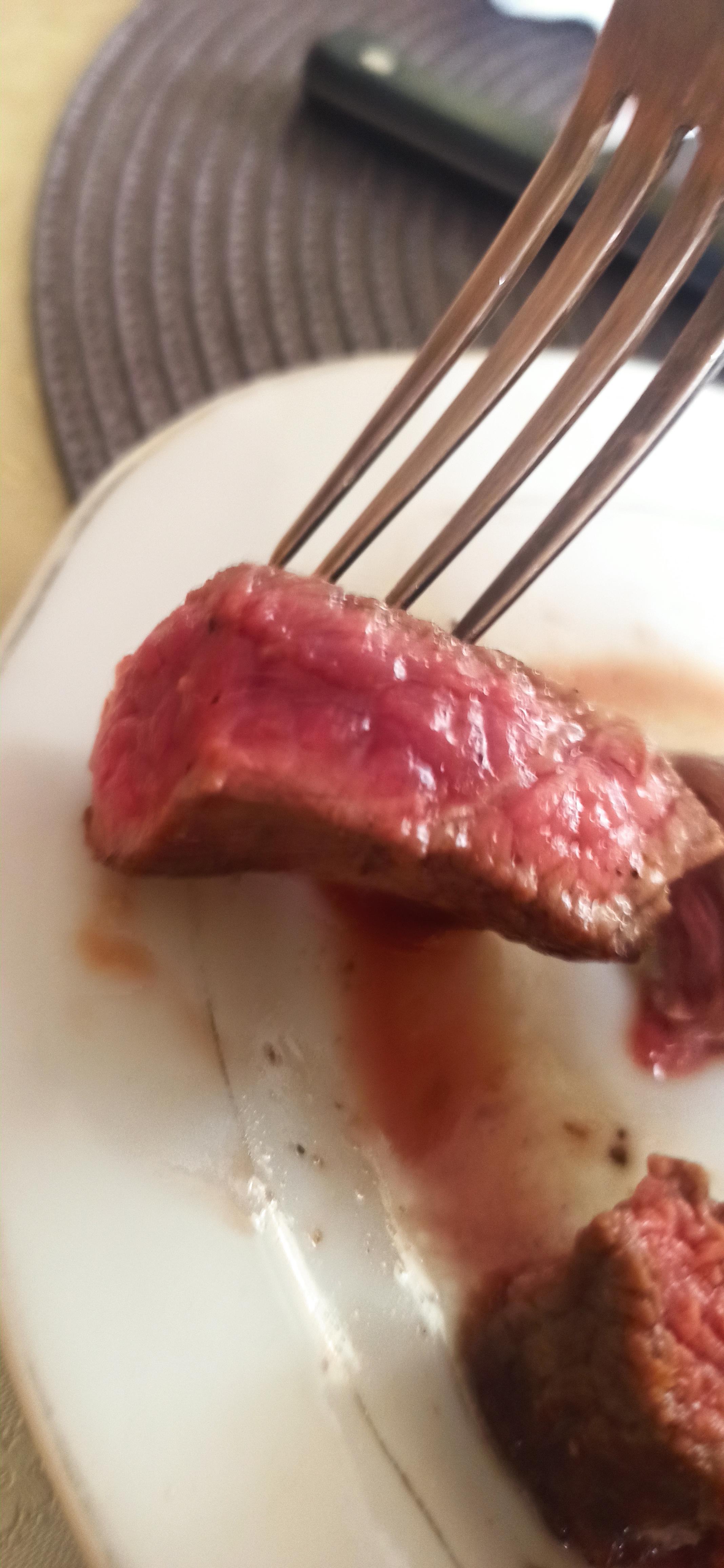
Consuming raw steak poses a significant risk of bacterial contamination and foodborne illnesses. Raw beef can harbor dangerous bacteria such as E. Coli, Salmonella, and Listeria, which can cause severe infections and lead to serious health complications. These bacteria can be present on the surface of raw steak and can proliferate if not properly cooked. The risk of contamination is higher with ground steak, as the grinding process can introduce bacteria from different cuts of meat. It is important to handle and cook raw steak properly to minimize the risk of illness and ensure food safety.
Bacteria Contamination In Raw Steak
Bacteria contamination is a major concern when it comes to consuming raw steak. Raw beef, just like any other raw meat, has the potential to harbor harmful bacteria such as E. coli, Salmonella, and Listeria. These bacteria can be present on the surface of the steak and can multiply rapidly if not properly cooked. The risk of contamination is even higher with ground steak, as the grinding process can introduce bacteria from various cuts of meat. It is important to handle and cook raw steak properly to minimize the risk of bacterial infections and ensure food safety.
Health Risks Associated With Consuming Raw Steak
Consuming raw steak poses significant health risks due to the potential presence of harmful bacteria such as E. coli, Salmonella, and Listeria. These bacteria can cause severe foodborne illnesses, including diarrhea, abdominal pain, vomiting, and in some cases, kidney failure or even death. Raw steak may also contain parasites such as tapeworms, which can lead to intestinal infections. Therefore, it is essential to cook steak thoroughly to kill any bacteria or parasites and ensure food safety. Proper cooking techniques and handling procedures are necessary to minimize the risk of illness.
Safety Precautions For Eating Raw Steak
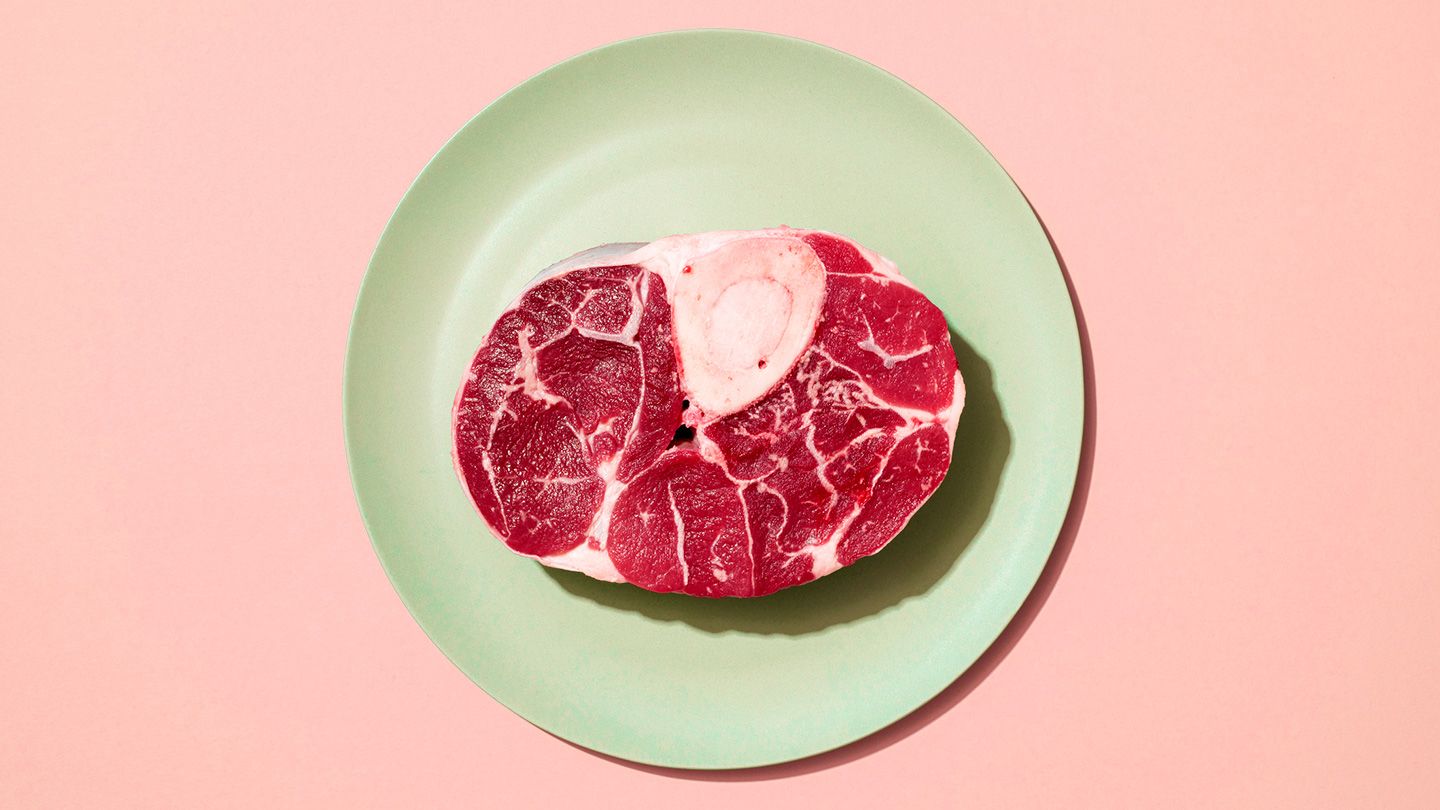
To minimize the risks associated with eating raw steak, it is crucial to follow certain safety precautions. Firstly, ensure that the raw steak is stored and handled properly to prevent cross-contamination. Keep the steak refrigerated at all times and separate it from other foods to avoid the spread of harmful bacteria. Secondly, use reliable sources when purchasing raw steak, such as reputable butchers or trusted suppliers. Lastly, when consuming raw steak, it is essential to ensure that it is from a trusted source and has been properly aged, as this helps reduce the risk of bacterial contamination. By following these safety precautions, you can enjoy raw steak with a lower risk of foodborne illnesses.
Proper Handling And Storage Of Raw Steak
When it comes to raw steak, proper handling and storage are essential to minimize the risk of bacterial contamination. Raw steak should always be stored in the refrigerator at a temperature below 40°F (4°C). It is important to keep the raw steak separate from other foods to prevent cross-contamination. Additionally, make sure to use separate cutting boards and utensils for raw meat to avoid spreading bacteria. Always wash your hands and surfaces thoroughly after handling raw steak to prevent the spread of harmful bacteria. By following these proper handling and storage practices, you can reduce the risk of foodborne illnesses associated with raw steak consumption.
Cooking Techniques To Minimize Risk Of Illness
Proper cooking techniques are crucial to minimize the risk of illness when consuming steak. Cooking the steak to the recommended internal temperature can help kill any harmful bacteria present. The USDA recommends cooking steak to a minimum internal temperature of 145°F (63°C) for medium-rare, 160°F (71°C) for medium, and 165°F (74°C) for well-done. Using a meat thermometer is the most accurate way to ensure that the steak reaches the desired temperature. Additionally, searing the steak on high heat can help kill bacteria on the surface. It is important to cook the steak evenly on all sides to ensure that it is safe to consume. By following these cooking techniques, you can minimize the risk of illness associated with consuming raw or undercooked steak.
Benefits Of Eating Rare Steak
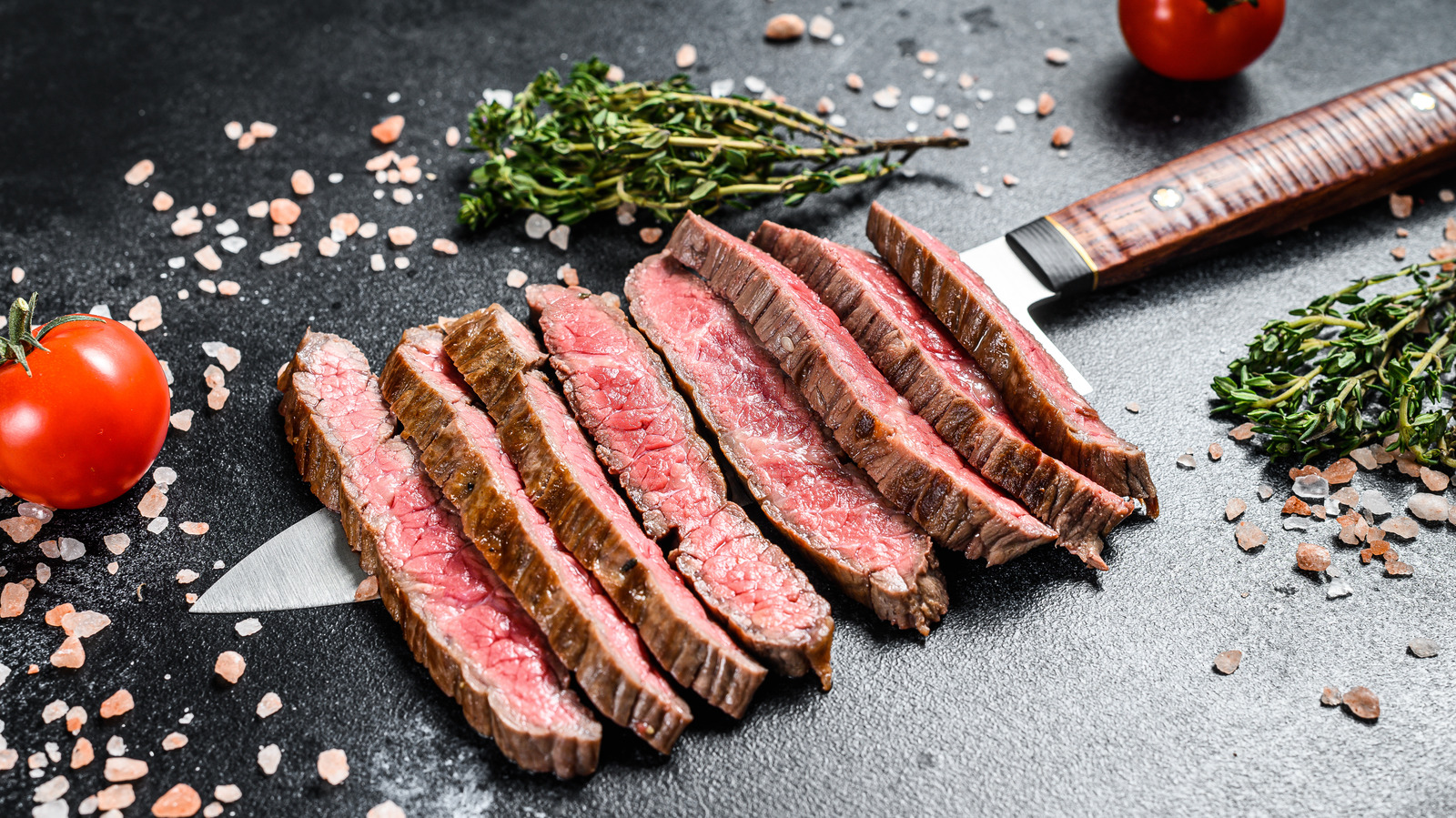
Eating rare steak can have several benefits. Firstly, it retains more of its natural flavor and tenderness compared to well-done steak. Rare steak is also considered to be juicier and more succulent, providing a more enjoyable culinary experience. In terms of nutrition, rare steak is rich in protein, iron, and essential vitamins and minerals. Additionally, rare steak requires less cooking time, preserving the nutrients and minimizing the formation of harmful compounds that can occur during high-temperature cooking. However, it is essential to ensure proper cooking techniques to minimize the risk of bacterial contamination.
Nutritional Value Of Rare Steak
Rare steak offers a high nutritional value due to its rich protein content, essential vitamins, and minerals. It is an excellent source of iron, which is crucial for red blood cell production and oxygen transport. Additionally, rare steak contains essential B vitamins, such as vitamin B12, B6, and niacin, which play a vital role in energy metabolism. The protein in rare steak helps in muscle building and repair. However, it is essential to ensure proper cooking techniques to minimize the risk of bacterial contamination.
Culinary Experience And Taste Of Rare Steak
Rare steak offers a unique culinary experience and a distinct taste that many steak enthusiasts appreciate. The tenderness and juiciness of a rare steak can be truly satisfying to meat lovers. The minimal cooking time allows the natural flavors of the meat to shine through, resulting in a rich and robust taste. The reddish-pink center of a rare steak adds visual appeal and showcases the high-quality cuts of beef. The melt-in-your-mouth texture and the subtle charred crust contribute to the overall enjoyment of a rare steak. However, it is essential to ensure proper cooking techniques to maintain both safety and the desired taste.
Risks Of Consuming Raw Steak For Certain Populations
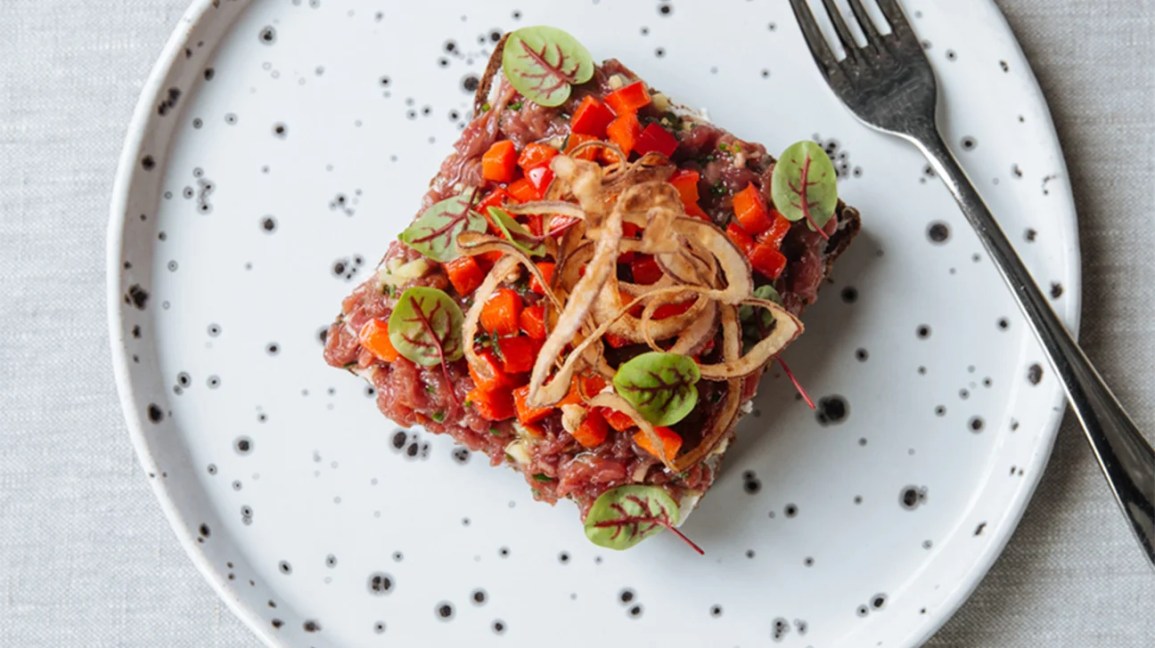
Certain populations are at a higher risk of experiencing severe complications from consuming raw steak. Individuals with weakened immune systems, such as the elderly, young children, pregnant women, and those with chronic illnesses, are particularly vulnerable. These individuals may have a harder time fighting off bacteria and are more susceptible to foodborne illnesses. Therefore, it is crucial for these populations to avoid consuming raw or undercooked steak to minimize the risk of bacterial infections. Instead, they should opt for properly cooked steak to ensure their safety and well-being. Risks of Consuming Raw Steak for Certain Populations:
Vulnerable Groups And Risks Of Raw Steak
Certain populations are at a higher risk of experiencing severe complications from consuming raw steak. Individuals with weakened immune systems, such as the elderly, young children, pregnant women, and those with chronic illnesses, are particularly vulnerable. These individuals may have a harder time fighting off bacteria and are more susceptible to foodborne illnesses. Therefore, it is crucial for these populations to avoid consuming raw or undercooked steak to minimize the risk of bacterial infections. Instead, they should opt for properly cooked steak to ensure their safety and well-being.
Precautions For Pregnant Women And Young Children
Pregnant women and young children need to take extra precautions when it comes to consuming raw steak. Due to their weakened immune systems, they are at a higher risk of foodborne illnesses caused by bacteria commonly found in raw meat. To ensure their safety, pregnant women and young children should avoid consuming undercooked or raw steak altogether. It is recommended that they opt for properly cooked steak, which reduces the risk of bacterial contamination. Additionally, pregnant women should follow the dietary guidelines provided by healthcare professionals to ensure the health and well-being of both themselves and their unborn baby.
Alternatives To Consuming Raw Steak

For those who prefer not to consume raw steak, there are several alternatives available. One option is to opt for steak that is cooked to a medium-rare or well-done level, which significantly reduces the risk of bacterial contamination. Another alternative is to choose other types of meat such as chicken, pork, or fish, which can be cooked thoroughly to ensure safety. Additionally, individuals can explore vegetarian or vegan alternatives to steak, such as plant-based proteins like tofu or seitan. These alternatives provide a safer and equally satisfying dining experience.
Cooking Methods For A Rare Steak
Cooking a rare steak requires specific techniques to achieve the desired doneness while ensuring it is safe to eat. One popular method is the “reverse sear” technique, where the steak is slow-cooked in the oven at a low temperature and then quickly seared in a hot skillet. This method helps to evenly cook the steak, resulting in a tender and juicy texture. Another option is to grill the steak, using high heat to quickly sear the outside while leaving the inside rare. Whichever method is chosen, it is important to use a meat thermometer to ensure the internal temperature reaches a safe level of 130°F (54°C) for a rare steak.
Exploring Steak Doneness Levels And Safety
When it comes to steak, there are different levels of doneness that people prefer, such as rare, medium rare, medium, and well-done. The doneness level of a steak refers to its internal temperature and how cooked it is. While rare steaks are often enjoyed by many, it is important to consider the safety aspect. The Centers for Disease Control and Prevention (CDC) recommends cooking raw beef steak to an internal temperature of at least 145°F (63°C) to ensure the elimination of potential harmful bacteria. It’s crucial to use a meat thermometer to accurately determine the doneness level and ensure that the steak reaches the recommended temperature for safe consumption.
Conclusion
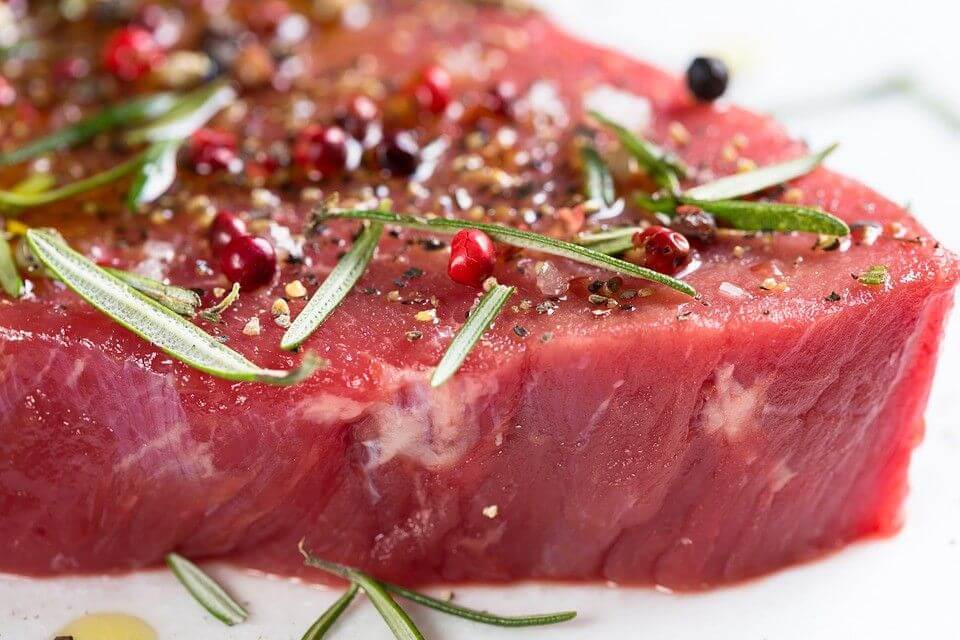
In conclusion, consuming raw steak poses certain risks and should be approached with caution. While rare steak is enjoyed by many for its taste and tenderness, it is important to prioritize food safety. Raw beef can potentially contain harmful bacteria that can cause various illnesses. It is crucial to handle and store raw steak properly and cook it to the recommended internal temperature to minimize the risk of bacterial contamination. For individuals in vulnerable populations, such as pregnant women and young children, it is advisable to avoid consuming raw steak altogether. Alternatives such as cooking steak to a rare or medium-rare doneness level can provide a similar culinary experience while ensuring safety. Remember to always prioritize food safety and follow proper cooking and handling guidelines when preparing steak.
Summary Of Risks And Precautions
Consuming raw steak poses certain risks due to the potential bacterial contamination it may carry. Bacteria such as E. coli and salmonella can cause foodborne illnesses and lead to symptoms like vomiting, diarrhea, and abdominal pain. To minimize these risks, it is important to handle and store raw steak properly. This includes practicing good hygiene, keeping meat refrigerated, and separating it from other foods to prevent cross-contamination. Additionally, cooking steak to the recommended internal temperature (145°F or 63°C for medium-rare) can help kill harmful bacteria and ensure safety. Prioritizing food safety and following proper cooking and handling guidelines is crucial when preparing and consuming steak.
Recommendations For Safe Consumption Of Steak
To safely consume steak, it is important to follow certain recommendations. First, choose high-quality steak from a trusted source. Ensure that the steak is fresh and properly stored. Secondly, practice good hygiene by washing your hands and utensils thoroughly before and after handling raw steak. Additionally, cook the steak to the recommended internal temperature to kill any harmful bacteria. Use a food thermometer to ensure accuracy. Lastly, avoid cross-contamination by keeping raw steak separate from other foods and using different cutting boards and utensils. By following these precautions, you can enjoy steak while minimizing the risk of foodborne illnesses.
FAQ About Can You Eat Raw Steak: Understanding The Risks And Safety Precautions
Q: Is it safe to eat raw steak?
A: Consuming raw steak comes with risks of foodborne illnesses such as E. coli and salmonella. It is recommended to cook steak thoroughly to kill harmful bacteria.
Q: What are the risks of eating raw steak?
A: Eating raw steak can lead to food poisoning and bacterial infections. Symptoms may include stomach cramps, diarrhea, and vomiting.
Q: How can I safely eat rare steak?
A: If you prefer rare steak, ensure it is seared on the outside to kill bacteria and cooked to an internal temperature of 130-140°F to minimize risks.
Q: Are there any safety precautions to follow when eating steak rare?
A: When consuming rare steak, make sure to purchase high-quality meat from a trusted source, handle it carefully to avoid cross-contamination, and refrigerate leftovers promptly.
Q: Can pregnant women or individuals with weakened immune systems eat raw steak?
A: It is strongly advised for pregnant women, young children, the elderly, and individuals with compromised immune systems to avoid consuming raw or undercooked meat, including raw steak.
Q: How should I handle and prepare raw steak to reduce risks?
A: To minimize the risk of foodborne illnesses, always store raw steak separate from ready-to-eat foods, use different utensils for raw and cooked meat, and clean surfaces thoroughly after handling raw steak.

Johnny Knuckles Knock-out BBQ is a culinary haven for barbecue enthusiasts, offering a fusion of traditional BBQ and tantalizing street fare. Our secret to delivering mouthwatering dishes lies in our meticulous preparation process. Each cut of meat is lovingly hand-rubbed and slow-smoked over 100% hardwood, creating a symphony of flavors that will leave your taste buds dancing. Whether planning a special event or simply craving an unforgettable meal, Johnny Knuckles Knock-out BBQ is here to elevate your dining experience. Our catering services are designed to bring the sizzle and aroma of our delectable BBQ to your event, ensuring that every guest leaves with a full belly and a smile.